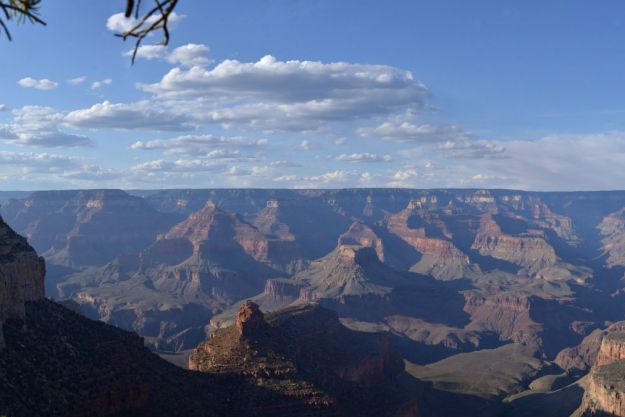By now, you’ve no doubt heard of the amazing total solar eclipse that will blanket the skies over the U.S. on August 21, 2017. But, that’s not the only must-see astronomical event taking place this year. Here are four other astronomical events that space nerds and stargazers should care about for the last half of 2017.
Perseids Meteor Shower (August 11-12, 2017)

Second only to December’s Geminid Meteor Shower, the Perseids Meteor Shower is a stunning sky show that occurs every year between July and August. While not as prolific as Geminid, this meteor shower is famous for its exceptionally bright meteors. In spite of the waning gibbous moon (which will block out fainter meteors), this year’s shower should still prove to be amazing. For 2017, the showers will peak overnight between August 11 and 12 and appear to radiate from the constellation Perseus.
Uranus at Opposition (October 19, 2017)
At 1.6 billion miles from Earth, the trip to Uranus would be a long one indeed. So, the fact that it’s sometimes possible to see the planet at all via the naked eye is impressive. On October 19, Uranus will be “at opposition,” meaning it will be as close to Earth as possible while the sun completely illuminates its face. This rare occurrence is the best opportunity to view the planet as it’s brighter than at any other time of year. Needless to say, a high-powered telescope and a very dark sky are the best tools for viewing the blue-green ball.
Jupiter Joins Venus (November 13, 2017)

Venus and Jupiter are two of the brightest celestial bodies that are often visible to the naked eye. Just before dawn on November 13, they will come in close conjunction low above the eastern horizon. They’ll appear separated by just 18 arc-minutes — in layman’s terms, that’s roughly equal to the width of a half-lit moon. While the early morning occurrence sounds like it’d be a great photo op, the event will be competing with the twilight glare. A pair of decent binoculars is recommended for optimal viewing.
Geminid Meteor Shower (December 13-14, 2017)
The annual Geminid Meteors are one of the most predictable celestial shows. In terms of meteor showers, it’s the most prolific — peaking this year between the night of December 13th and the morning of the 14th with up to 120 multicolored shooting stars every hour. For 2017, the event should prove particularly impressive as the meteors will only be competing with a waning crescent moon. After midnight, however, the display will be truly spectacular! After midnight, look to the constellation Gemini from which the showers will radiate.


